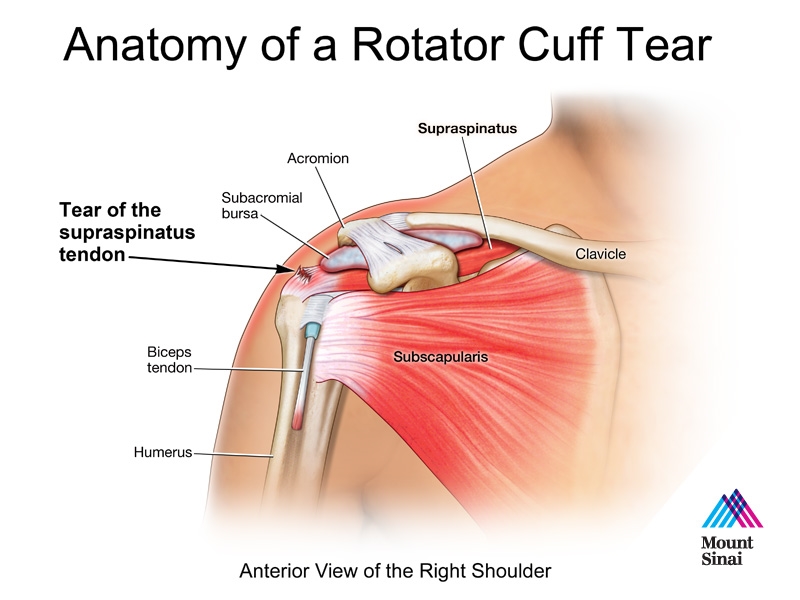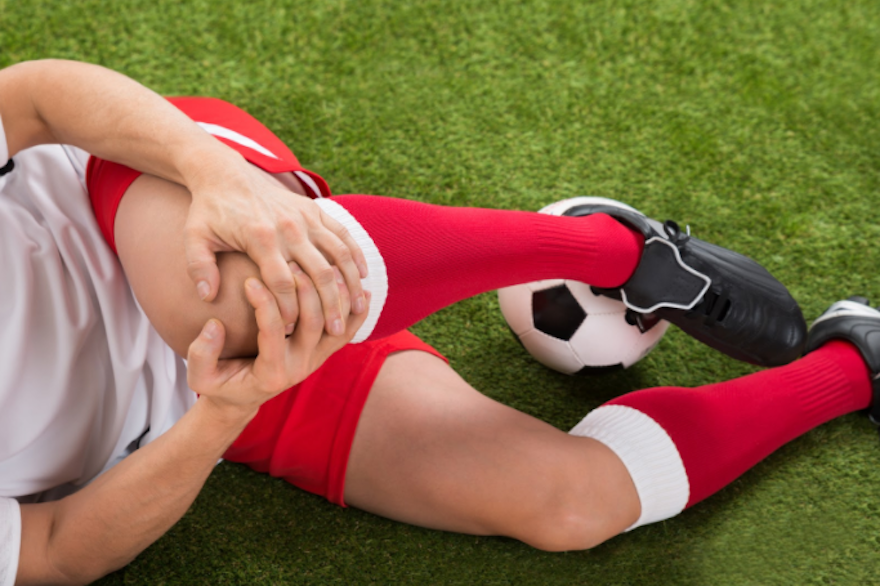Sports injuries are common amongst the active, healthy, sport enthusiasts. Most sports injuries are caused by accidents, excessive or an unsuitable training schedule, incorrect warm up, cool down regime or improper equipment use.
Sports medicine is lot based on obtaining right physical form, fitness and nutrition. One injury can undo years of hard work.
We believe in the old saying that "An ounce of prevention is better than a pound of cure." So, always take care and pay attention when you are exercising or playing sports.
The best way to keep training? Avoid injury
We can avoid some common fitness injuries if you always use correct form, lift weights that are suitable for your current fitness level, and follow a balanced workout plan that includes plenty of stretching.
If injury strikes, take your time before returning to fitness. Always listen to your body and especially listen to your doctor's advice. We only have one body and it has to last us a lifetime, so please take care of it!
How To Recover Well In Case of Sports Injury
Do Not Hide It
Avoid masking an injury by using over-the-counter medications, splints, supports or wraps without instruction from a health professional. Using supports can cause muscular imbalance if used improperly, and pain is your body's way of letting you know something is wrong. If you are masking your body's natural defenses, you risk worsening your condition, which may keep you on the sidelines longer.
Visit The Orthopedic Immediately
Get help from a doctor and don't self-diagnose an injury. It's very common for us to play doctor for ourselves, or worse, offer advice to your gym partner or colleague. Self-diagnosing your injuries is a bad idea. I believe that it's important to let the pros assess your individual injury, because so many fitness injuries have similar symptoms.
Keep Patience
Follow your doctor's prescribed treatment plan, and try not to let frustration or added worry of losing form/gaining weight convince you do too much too soon. The body sometimes takes time to heal itself. Exercising before you are healed is never a good idea.
Avoid making assumptions or taking unnecessary risks
Ask your health professional questions. If you twist your ankle and assume you can still do your usual upper body routine, you may have to think again. We refer to our muscles as individual entities, but the truth is that our body is one complete unit connected by fascia and complex connective tissues.
Certain lower body injuries may not affect your ability to do upper-body exercises, but there is a chance that placing stress on your body may cause a chain reaction of imbalances that could, in turn, cause other injuries.
Take smart training
Be aware of the fact that your body loses conditioning quickly when you stop exercising. Understanding that you can't just start back at the same intensity as when you stopped is very important. Follow a stepped and slow approach to getting your fitness level back.
A great way to come back after an injury is to focus on exercise duration and not intensity for the first few weeks. Try to choose low-impact moves before attempting more stressful high-impact versions.
Be positive
Try to keep a positive outlook and don't let a minor setback derail your healthy, active lifestyle. If you start to feel low, try to find other activities that will help boost your mood until your injury heals.
Shoulder Arthroscopy
Shoulder arthroscopy has been performed since the 1970s. It has made diagnosis, treatment, and recovery from surgery easier and faster than was once thought possible. Improvements to shoulder arthroscopy occur every year as new instruments and techniques are developed.

Anatomy
Your shoulder is a complex joint that is capable of more motion than any other joint in your body. It is made up of three bones: your upper arm bone (humerus), your shoulder blade (scapula), and your collarbone (clavicle).
Ball and socket
The head of your upper arm bone fits into a rounded socket in your shoulder blade. This socket is called the glenoid. A slippery tissue called articular cartilage covers the surface of the ball and the socket. It creates a smooth, frictionless surface that helps the bones glide easily across each other.
The glenoid is ringed by strong fibrous cartilage called the labrum. The labrum forms a gasket around the socket, adds stability, and cushions the joint.
Shoulder capsule
The joint is surrounded by bands of tissue called ligaments. They form a capsule that holds the joint together. The undersurface of the capsule is lined by a thin membrane called the synovium. It produces synovial fluid that lubricates the shoulder joint.
Rotator cuff
Four tendons surround the shoulder capsule and help keep your arm bone centered in your shoulder socket. This thick tendon material is called the rotator cuff. The cuff covers the head of the humerus and attaches it to your shoulder blade.
Bursa
There is a lubricating sac called a bursa between the rotator cuff and the bone on top of your shoulder (acromion). The bursa helps the rotator cuff tendons glide smoothly when you move your arm.
